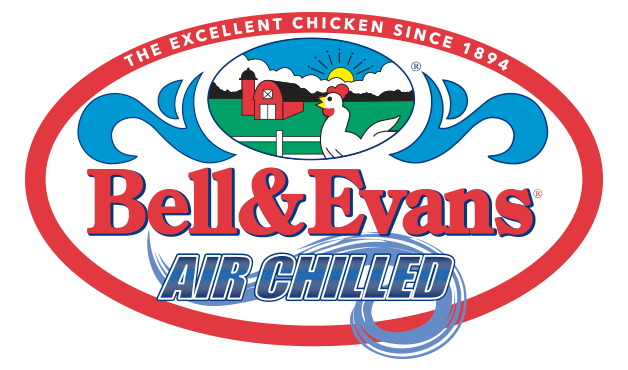Scott’s Perspective…
Excerpt from Electronic Code of Federal Regulations, Agriculture—National Organic Program, 205.236*:
“Poultry or edible poultry products must be from poultry that has been under continuous organic management beginning no later than the second day of life.”
Wow. The NOP’s recent proposal to change the Organic Standards in the United States really got me thinking… and digging. I was shocked to know that there is a whole 2 days of loopholes out there for “short cutters” to take advantage of and still sell chickens labeled Organic. What else can they get away with?
I don’t think the public would believe they are allowing antibiotics into the egg, feed or water and on the farm! But it says so right in the above statement. Also, I never understood why you would allow Certified Organic chickens to intentionally soak up chlorinated water in the Chiller and not have to tell anyone about it. What else do I question?
- How can Hexane processed soybean meal be Certified Organic?
- How can Hexane processed soybean oil be Certified Organic?
- How can so called imported Certified Organic grain be permitted without a lot more scrutiny?
- Where is the chapter on Animal Welfare in the Organic Standards?
- What about stress management?
National Organic Standards Board (NOSB) idea to double or triple the size of the outside yard is a waste. There are so many other things that we can do to improve the welfare of the organic chicken.
Our young tender, broiler chickens are the most domesticated animal protein we eat:
- They don’t deal well with temperatures above 80° or under 60°.
- They don’t handle stress well.
- They don’t stand a chance against almost any predator.
- They are not grass eaters.
Painting a picture is one thing. But raising a young broiler breed chicken is another. For laying chicken breeds, after 12 weeks of age, outdoor living is a whole different story—they are tougher and more mature. At Bell & Evans, we are not interested in making something up just for marketing hype. We are not going to spend our customer’s money if it’s not going to improve the chicken’s life and bring a clean high quality product to market.
*Electronic Code of Federal Regulations,Title 7, Subtitle B, Chpt 1, Subchpt M, Part 205.236(a)(1) (National Organic Program)


I have a real hard time believing that anything that says organic is. When I mentioned that to the girl behind the counter at my favorite poultry stand she said “because we say it is”. In that case I’m Batman
As a USDA monitored facility, we have to go through many steps to earn that USDA Organic certification. All grains, feed mills, chicken houses, processing facility and packaging facilities have to meet USDA regulations for this certification. And we go the extra mile by exceeding their standards. Our new hatchery is the first in the world to be Certified Organic and focus on Humane Animal Welfare. Feel free to send the girl behind the counter to our website. We would love the chance to educate her on Certified Organic… and the Bell & Evans Standards which go above and beyond.